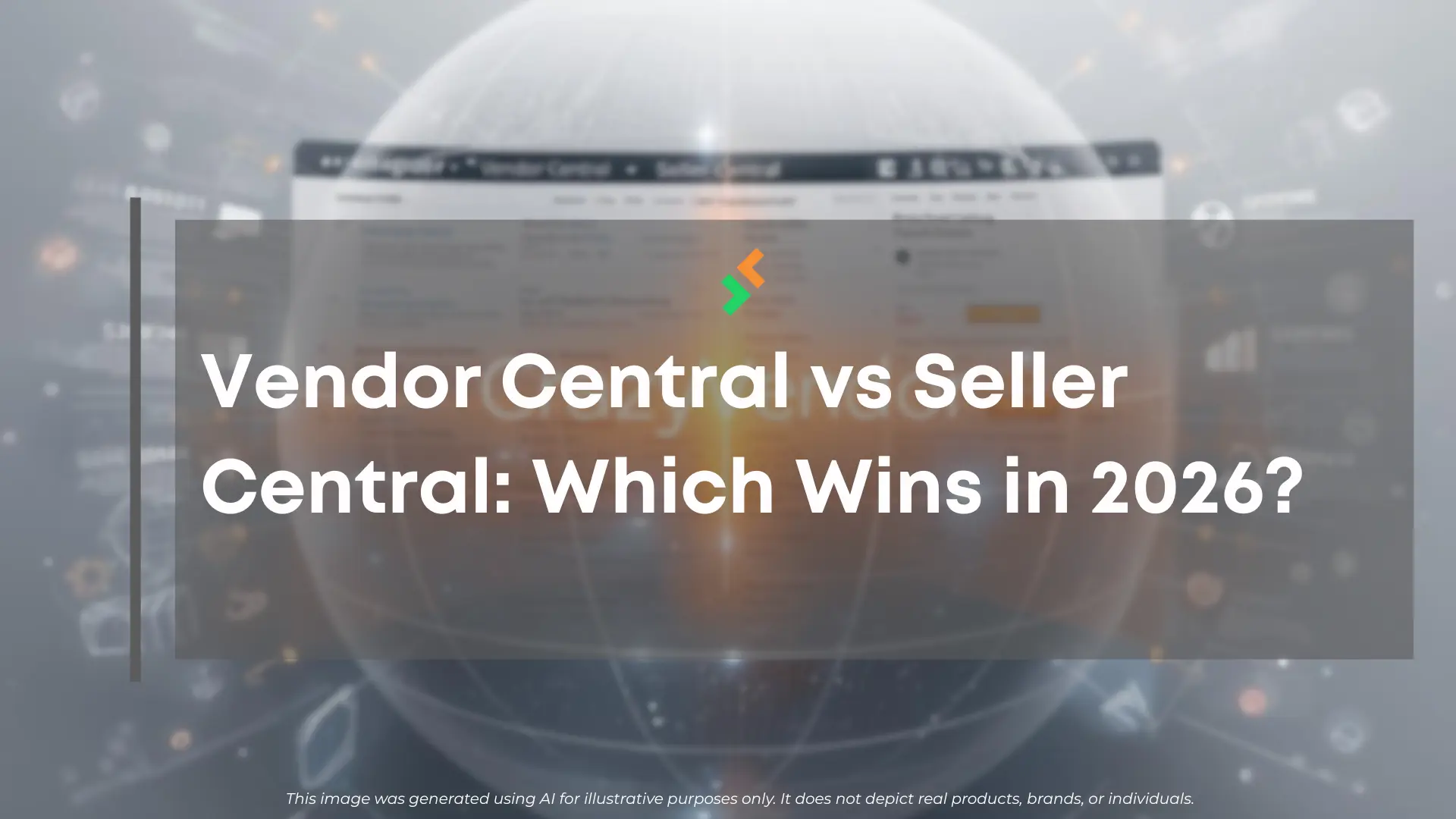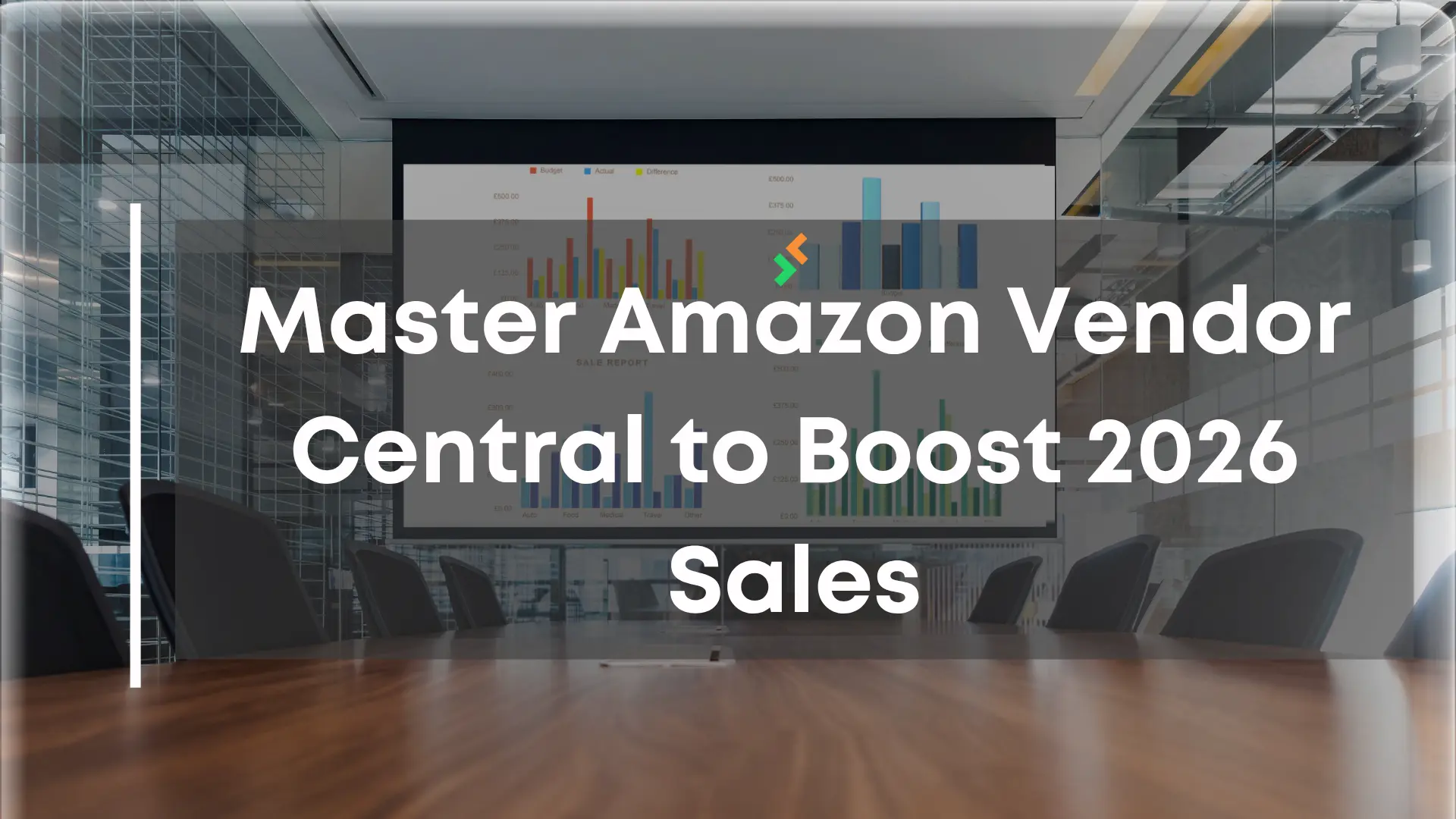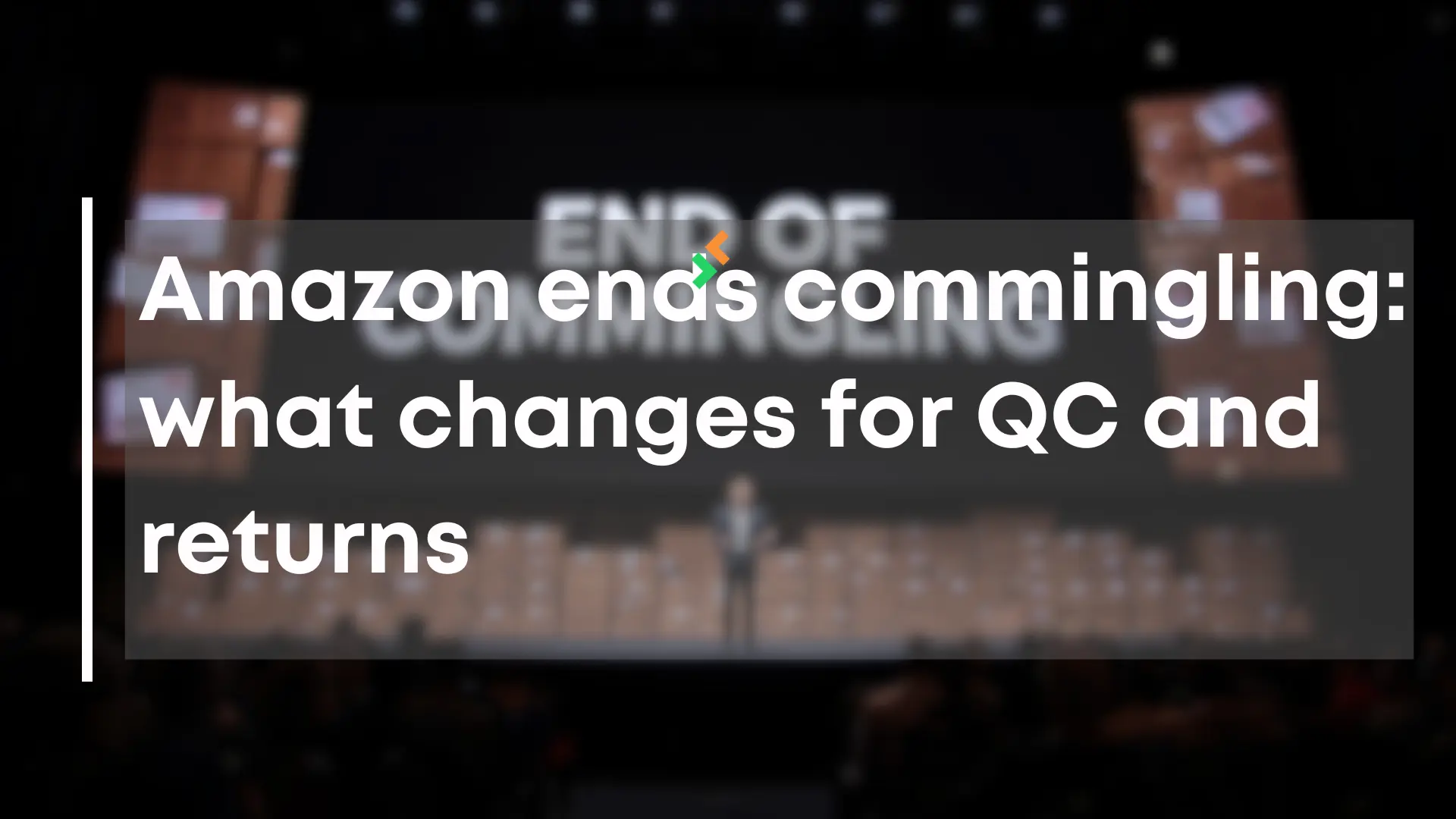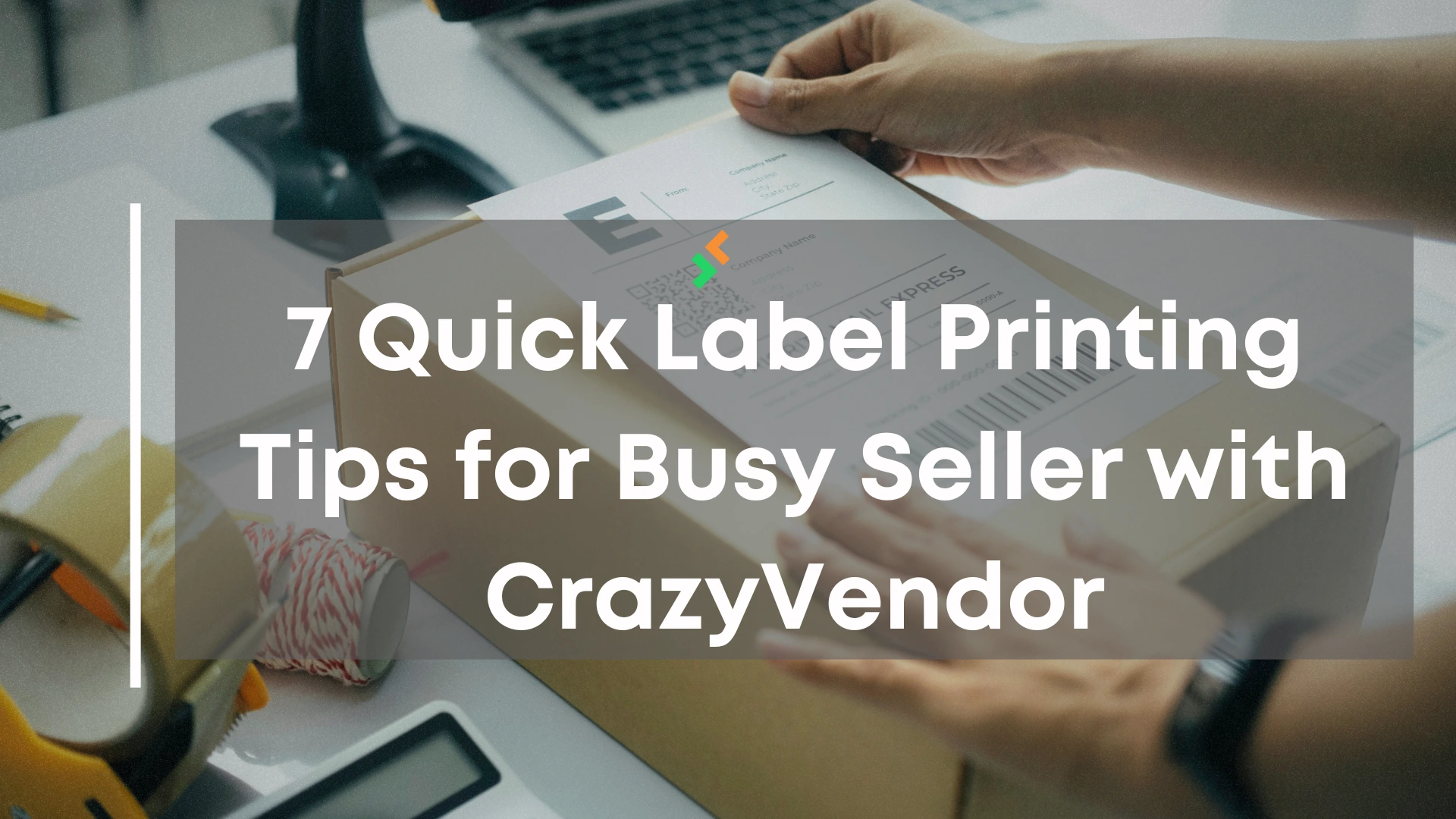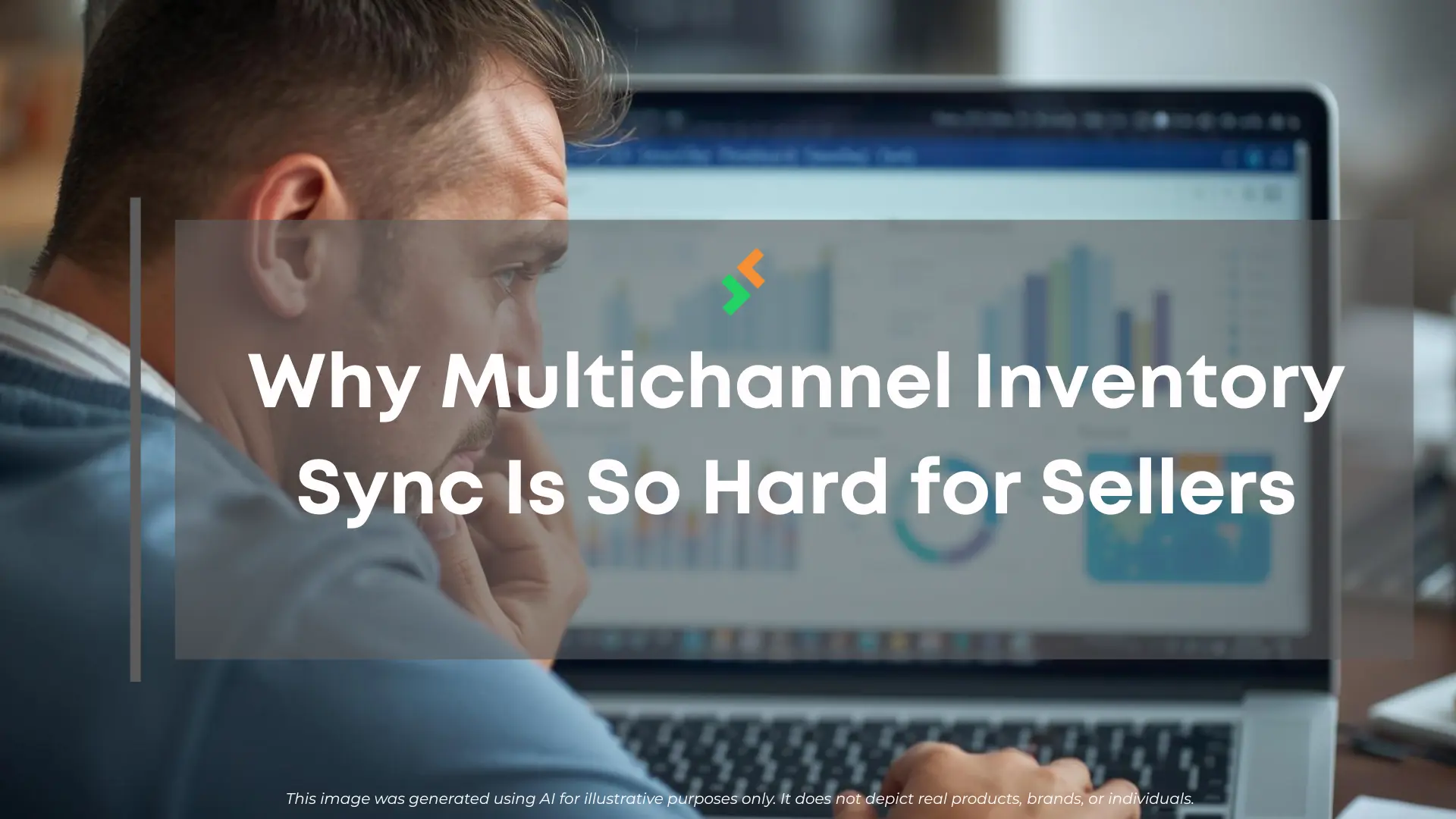
Many sellers dream of expanding across Amazon, Walmart, and Shopify, but few understand how difficult multichannel inventory sync really is.
The idea of selling on many platforms feels simple, yet the reality brings stock mismatches, slow updates, and manual errors that hurt sales.
When your inventory does not sync across channels, overselling and missed orders happen fast and customers become unhappy.
This is why smart eCommerce management software like CrazyVendor helps sellers keep inventory accurate and stable across every marketplace.
Table of Contents
Why syncing inventory is so challenging

Keeping stock levels aligned across different marketplaces seems easy until you try it. Each platform—Amazon, Walmart, Shopify—uses different APIs, sync speeds, and data structures.
Even a few seconds of delay can cause double-selling, especially when multiple customers buy the same product at once.
API delays and data limits
Platforms have limits on how often data can be updated. When you push inventory changes too fast, systems slow down or reject requests.
This is why sellers often see “ghost stock,” where an item appears available on one channel but is sold out on another.
Manual adjustments and human error
Some sellers still rely on spreadsheets or manual uploads to manage inventory. That works with 10 items, but not with hundreds across multiple marketplaces.
Every missed update adds confusion, especially when returns and cancellations happen.
Order timing conflicts
Without a real-time sync, orders can overlap. A product sold on Amazon may still show as available on Walmart for several minutes, creating duplicate commitments and refund headaches.
According to McKinsey’s research on retail operations, sellers using manual or partial automation lose up to 12 percent of sales due to stock inaccuracy and delayed data.
The Hidden Costs of Poor Inventory Sync
When inventory is out of sync, sellers face both direct and hidden losses.
Missed opportunities, unnecessary refunds, and damaged seller ratings all hurt long-term growth.
Overselling and negative feedback
Few things frustrate buyers more than ordering an item that’s actually out of stock.
Frequent overselling triggers refund requests and negative reviews that lower your marketplace rating.
Blocked listings and compliance risk
Marketplaces may temporarily block or suspend listings if your inventory accuracy drops below the threshold.
This affects both cash flow and visibility.
Lost sales and bad analytics
Inaccurate inventory also ruins performance metrics. If your data isn’t clean, even advanced reporting tools can’t help you understand what’s selling well.
Learn more about how multichannel selling works in Multichannel Selling Explained.
How CrazyVendor fixes multichannel inventory sync
CrazyVendor was built for sellers who want to scale without chaos. Instead of juggling multiple dashboards, everything connects inside one platform.
That means inventory, orders, and fulfillment data update automatically across every channel.
Centralized inventory management
With Inventory Management, sellers get a single source of truth.
Stock updates happen in real time across Amazon, Walmart, and Shopify, helping prevent overselling and data mismatches.
Smart order synchronization
Order Management ensures that once an order is placed on any platform, it instantly reflects on all others.
You no longer need to chase spreadsheets or manually adjust quantities.
Unified fulfillment and tracking
CrazyVendor’s Multi-Channel Fulfillment Software links warehouses, carriers, and order data.
It automates delivery updates, so each marketplace always shows the correct fulfillment status.
Profit analytics for better planning
Profit Analytics gives sellers visibility into true margin impact.
When stock data stays accurate, profit reports become reliable, making it easier to plan reorders and pricing strategies.
Why automation matters now
By 2026, the number of multichannel sellers will continue to grow, but only those with automated systems will stay profitable.
Manual updates and reactive fixes are no longer enough. Automated syncing saves time, reduces returns, and builds trust with buyers.
To see automation in action, check out Automate Customer Messages for Walmart and Amazon.
Related Reading
FAQs on multichannel inventory sync
What causes inventory mismatches?
APIs update at different speeds on each platform. If data syncs slowly, stock can appear available on one channel even after it’s sold on another.
Can automation stop overselling?
Yes. Automation tools update stock instantly after every order, preventing duplicate sales and refund requests.
How does CrazyVendor help sellers?
CrazyVendor centralizes inventory, orders, and fulfillment into one dashboard, giving sellers full visibility across Amazon, Walmart, and Shopify.
Why is manual syncing risky?
Manual processes create delays, errors, and incomplete updates. These lead to overselling, inaccurate analytics, and lower customer satisfaction.
What’s the best way to prepare for 2026?
Invest in multichannel inventory sync software that provides real-time data and cross-platform integration, like CrazyVendor.
You can also follow us on social media for more e-commerce insights and updates




